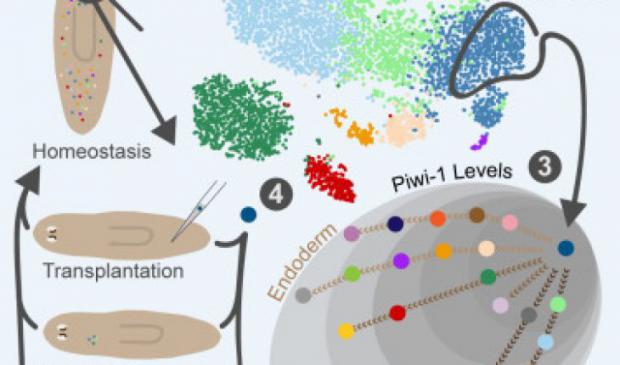
Breaking News
 Tuesday War Room LIVE: Trump Mentioned in ANOTHER Big Batch of Epstein Files...
Tuesday War Room LIVE: Trump Mentioned in ANOTHER Big Batch of Epstein Files...
 Trump Names Louisiana Gov. Jeff Landry Special Envoy to Greenland
Trump Names Louisiana Gov. Jeff Landry Special Envoy to Greenland
 The Box Office Crisis Is Worse Than It Looks
The Box Office Crisis Is Worse Than It Looks
 Will The CME Raid The Silver Party?
Will The CME Raid The Silver Party?
Top Tech News
 Travel gadget promises to dry and iron your clothes – totally hands-free
Travel gadget promises to dry and iron your clothes – totally hands-free
 Perfect Aircrete, Kitchen Ingredients.
Perfect Aircrete, Kitchen Ingredients.
 Futuristic pixel-raising display lets you feel what's onscreen
Futuristic pixel-raising display lets you feel what's onscreen
 Cutting-Edge Facility Generates Pure Water and Hydrogen Fuel from Seawater for Mere Pennies
Cutting-Edge Facility Generates Pure Water and Hydrogen Fuel from Seawater for Mere Pennies
 This tiny dev board is packed with features for ambitious makers
This tiny dev board is packed with features for ambitious makers
 Scientists Discover Gel to Regrow Tooth Enamel
Scientists Discover Gel to Regrow Tooth Enamel
 Vitamin C and Dandelion Root Killing Cancer Cells -- as Former CDC Director Calls for COVID-19...
Vitamin C and Dandelion Root Killing Cancer Cells -- as Former CDC Director Calls for COVID-19...
 Galactic Brain: US firm plans space-based data centers, power grid to challenge China
Galactic Brain: US firm plans space-based data centers, power grid to challenge China
 A microbial cleanup for glyphosate just earned a patent. Here's why that matters
A microbial cleanup for glyphosate just earned a patent. Here's why that matters
 Japan Breaks Internet Speed Record with 5 Million Times Faster Data Transfer
Japan Breaks Internet Speed Record with 5 Million Times Faster Data Transfer
Key Regenerative Stem Cell found which could lead to human regeneration and antiaging

These used a technique that combines genomics, single-cell analysis, flow cytometry and imaging, scientists have isolated this amazing regenerative cell – a subtype of the long-studied adult pluripotent stem cell – before it performs its remarkable act. This will propel biological studies on highly regenerative organisms like planarians and also inform regenerative medicine efforts for other organisms like humans that have less regenerative capacity.
Every multicellular organism is built from a single cell, which divides into two identical cells, then four, and so on. Each of these cells contains the exact same twisted strands of DNA, and is considered pluripotent – meaning it can give rise to all possible cell types in the body. But somewhere along the way, those starter cells – known as embryonic stem cells – resign themselves to a different fate and become skin cells, heart cells, muscle cells, or another cell type. In humans, no known pluripotent stem cells remain after birth. In planarians, they stick around into adulthood, where they become known as adult pluripotent stem cells or neoblasts. Scientists believe these neoblasts hold the secret to regeneration.



